Do you wish you saw wild creatures on your long hikes? Do you wonder how some people always seem to spot cool things, while you’re lucky to catch a glimpse of a squirrel?
More people are spending time in nature, and many would like to see cool wild animals. The reality is that wildlife watching is a skill. The good news is that it is a relatively easy one to master. It just requires an approach to the wild. With some practice, you’ll be surprised at what you see, wherever you go.
Just yesterday, on a short lunchtime stroll, I saw a Cooper’s hawk chasing a California quail, a mule deer buck herding does, a late-to-migrate black-chinned hummingbird, a great egret, and a large flock of American mergansers. A great outing, but hardly unusual.
Spotting and observing wildlife has been a driving force in my life. I have had a lot of great wildlife sightings, and really, it comes down to just following these practices. I hope they help you see more wild animals.

Tip #1: Be Present
It’s really as simple as this: You won’t see much if you aren’t seeing. You’re putting miles on a trail, mindlessly plodding along. You talk to your friends. You hum a song to yourself. You worry about the latest work crisis. Meanwhile, you’ve just strolled by a goshawk, a red fox and a host of other critters.
Animals rarely stand around in the middle of the trail. They’re elusive and cryptic. Most blend in to the surroundings. They don’t show their whole selves (more on this in a minute). If you’re loud, they hide. If your mind is elsewhere, you’ll miss creatures that are just feet away.
Mindfulness has become a buzzword. We’re told to be fully present for every moment. I’m terrible at this. As a writer, I am always thinking of stories in my head. But trust me, if you’re present and paying attention, you’ll see more wildlife. There are tricks to help you stay focused, which I’ll go into more detail later.
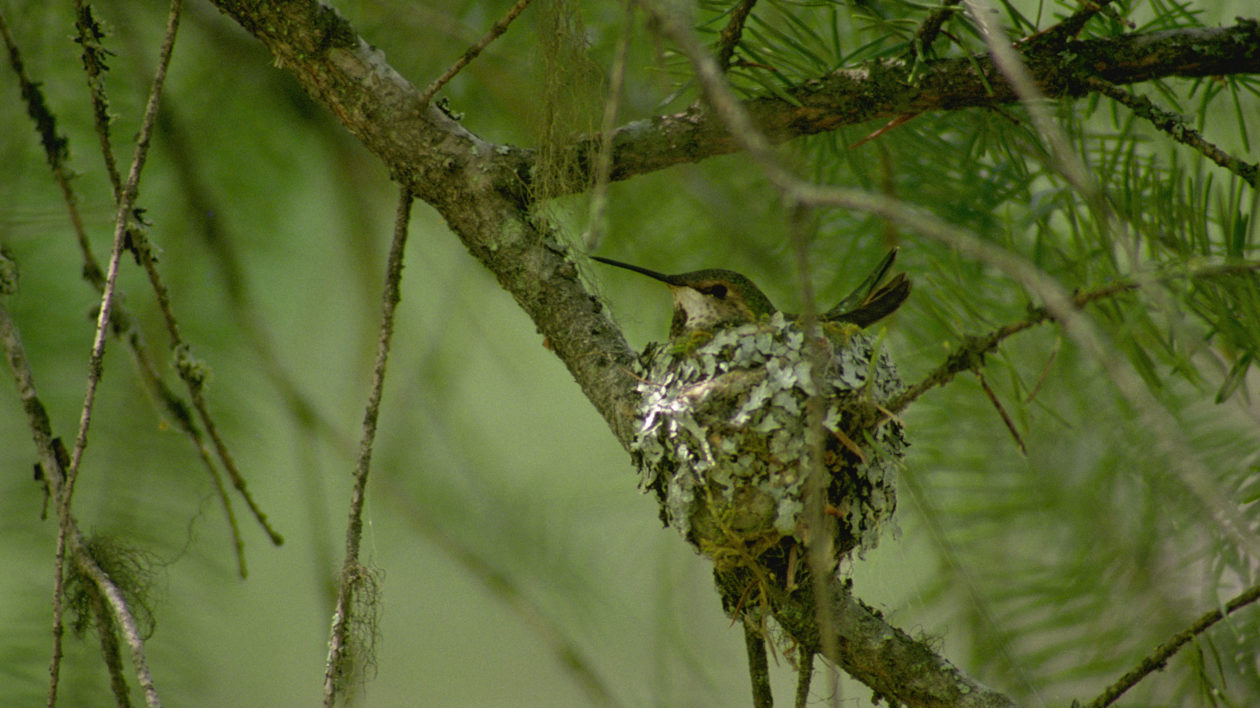
Don’t Look for the Whole Animal
It’s fun to see a herd of elk in a meadow. But this kind of obvious sighting is relatively rare. Most times, animals are well concealed. So you are not looking for a whole animal.
Look for movement. For a flick of an ear or flutter of a wing. Look for something that just… doesn’t look quite right. That weird black spot could be a deer’s nose. That gray shadow could be a coyote.
This is probably the hardest skill here, and there’s no real way to master it without practice. You will make mistakes. A “black bear” might turn out to be a tree stump. But when you do pick out an animal, you’ll start to figure out the cues. Soon you’ll be seeing a woodpecker out of your peripheral vision, and friends will exclaim, “How did you see that?!?!”
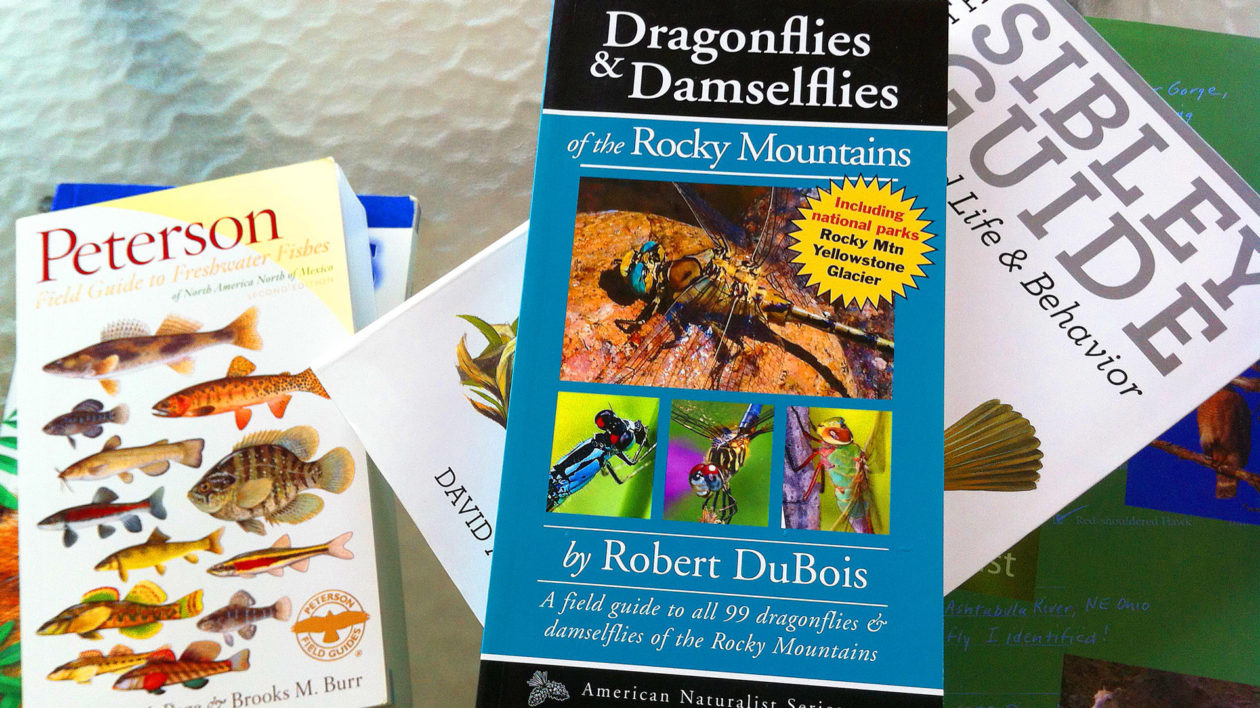
Tip #3: Be Prepared
With any sport or activity, preparation is key. It’s no different for wildlife watching. There’s no training regime, but there are a couple of things you can do from home. Know what creatures are in the area you’re going. This helps make quicker identifications in the field and can avoid embarrassing misidentifications.
I’m a huge fan of field guides. I enjoy paging through them even when I’m not in the field. These can help you figure out likely identifications before you go, and give you a sense of what you’re seeking. Apps like iNaturalist let you know what other wildlife watchers are seeing near you.
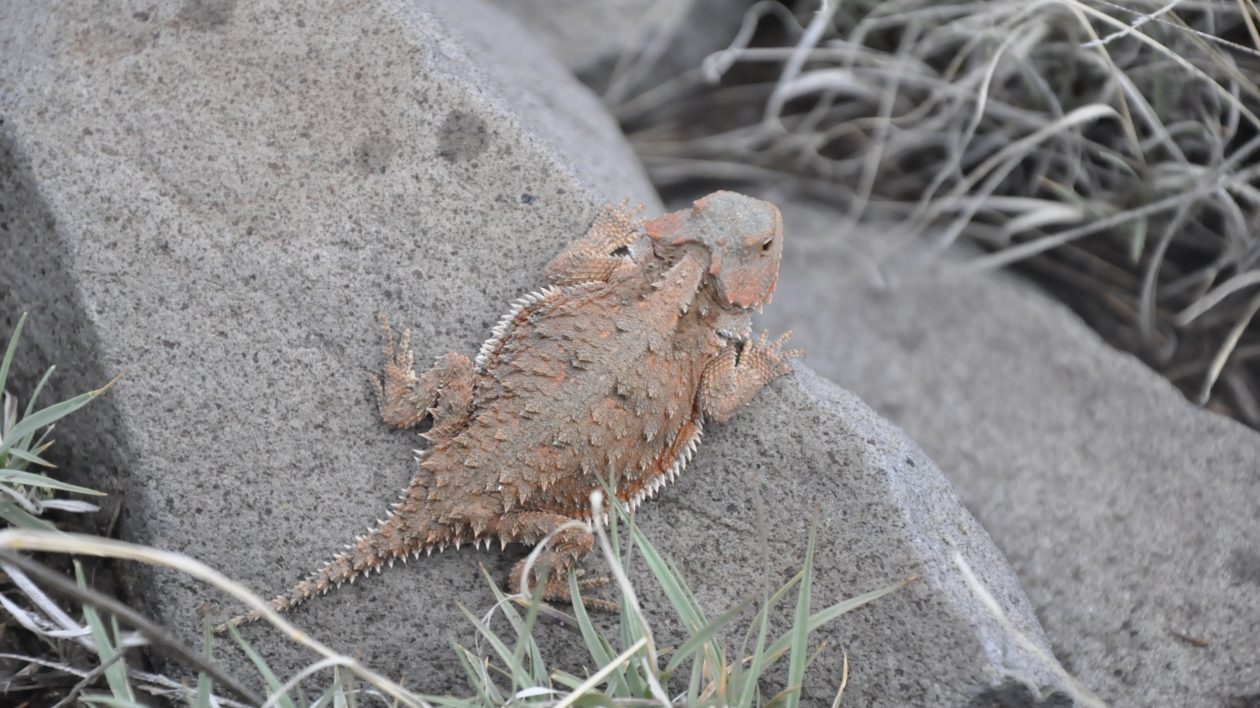
Tip #4: Have Goals
How do you stay focused when you’re out in the woods for hours? One way is to set a “creature goal.” I am motivated by goals, and it makes any outing more fun. The easiest way is to attempt to see a specific animal, something that you’d love to see or is particularly elusive.
When you’re focused on your target animal, you will notice that you see a lot of other creatures as well. That’s because you’re alert and present.
Early in the pandemic, my family undertook nature scavenger hunts for my son to complete. These were a combination of various objects and creatures. But the interesting thing was how many cool animals we saw while doing this. My son was intent on clicking off items, and so was looking really hard to do so. He particularly wanted to see a horned lizard, a reptile I’ve seen exactly twice after spending a couple of decades in their habitat. We found one in an afternoon of searching. It often works that way.
When local birders note a rarity in the area, I love to go seek it out. I’m not a devoted bird lister. But searching for a rare bird gives me the thrill of the chase, one of the major motivators in my life. A report of a great gray owl or even an escaped exotic pheasant at a local nature reserve will have me grabbing for binoculars.
And it’s good to have stretch goals. My top “most wanted to see” North American mammal for many years has been a mountain lion. It’s a tough one to see on purpose. But I’m always looking. This fall, I finally saw one bounding away through the sagebrush, an indescribable thrill.
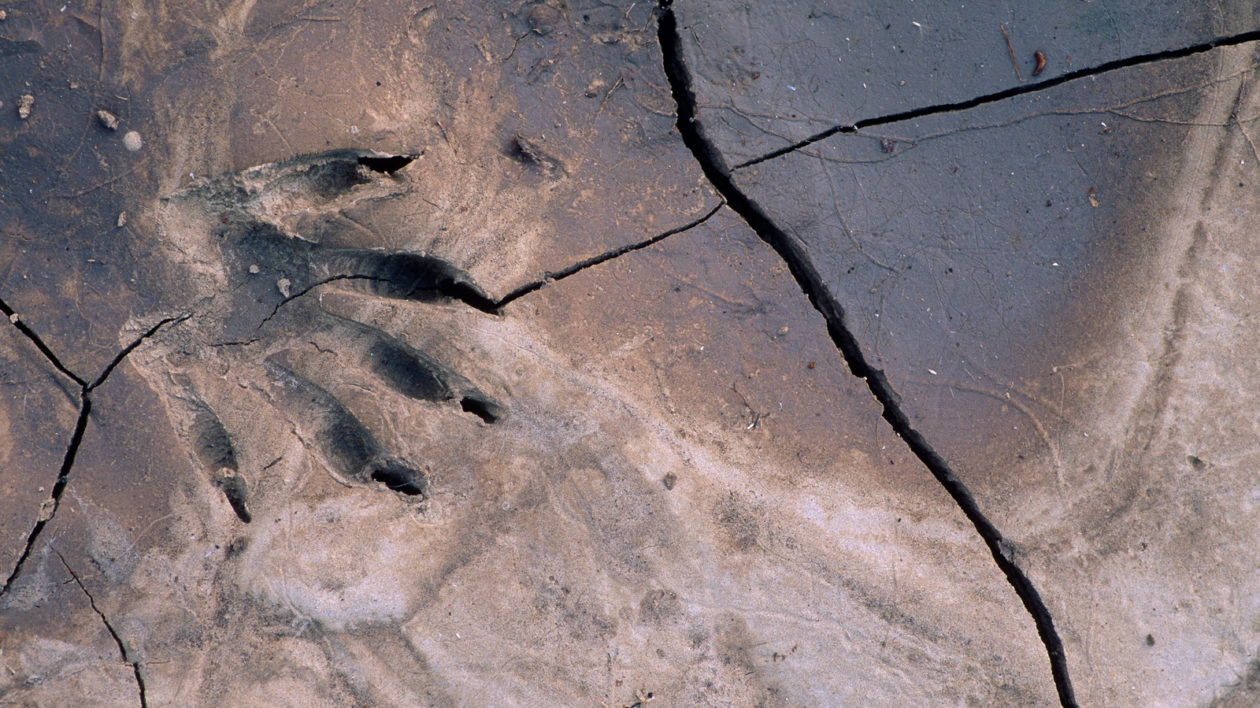
Tip #5: Follow the Signs
Tracking is its own skill, and there’s a certain romance about setting off on a fox track and finding the fox. The truth is, tracking is also fairly difficult to master. A mammal like a fox or deer quickly figures out it’s being followed, and takes measures to avoid being seen.
That said, learning to read animal sign – tracks, scat, and other markings – is rewarding and can help you see more animals. You can discover what animals have passed through. If you find chewed trees, you can stake out the area for beavers. Hairy pellets under a tree suggest you might want to return in the evening and look for a great-horned owl.
A good guide like the Olaus Murie’s classic Peterson’s Field Guide to Animal Tracks is indispensable. And check our online guide to common neighborhood animal tracks to get you started.
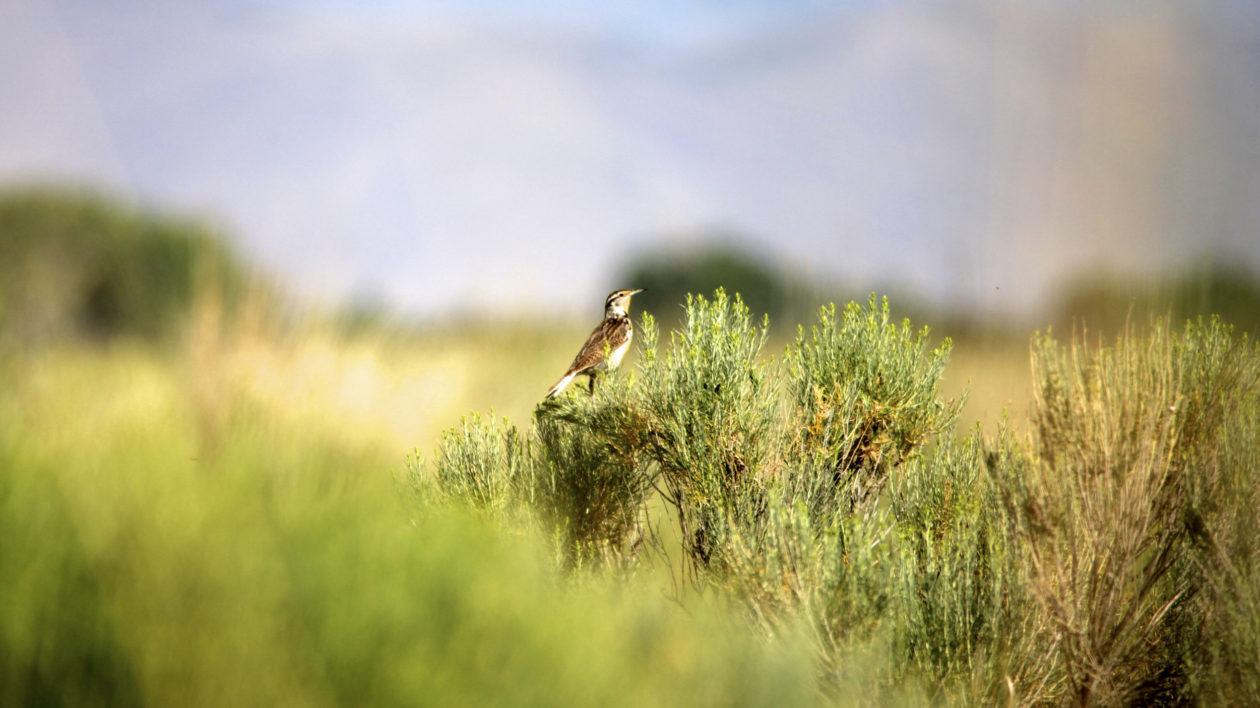
Tip #6: Know Your Habitat
Even in areas where wildlife is abundant, like, say, Yellowstone National Park, wildlife isn’t evenly distributed on the land. Learning the habitat needs of animals, at different times of year, is an essential but overlooked wildlife watching skill.
Field guides and other nature books can help. But you also learn a lot just by spending time. This is particularly true if you have a favorite walking spot that you visit regularly. You quickly learn where you’re likely to find animals, and when.
I have been walking the Boise, Idaho greenbelt multiple times a week for 20 years. I know when the great egrets show up, what trees are most likely to have owls, when migratory birds pass through and more. I love visiting new places, near and far. But there is a great pleasure in getting to know – really know – a place and its inhabitants.
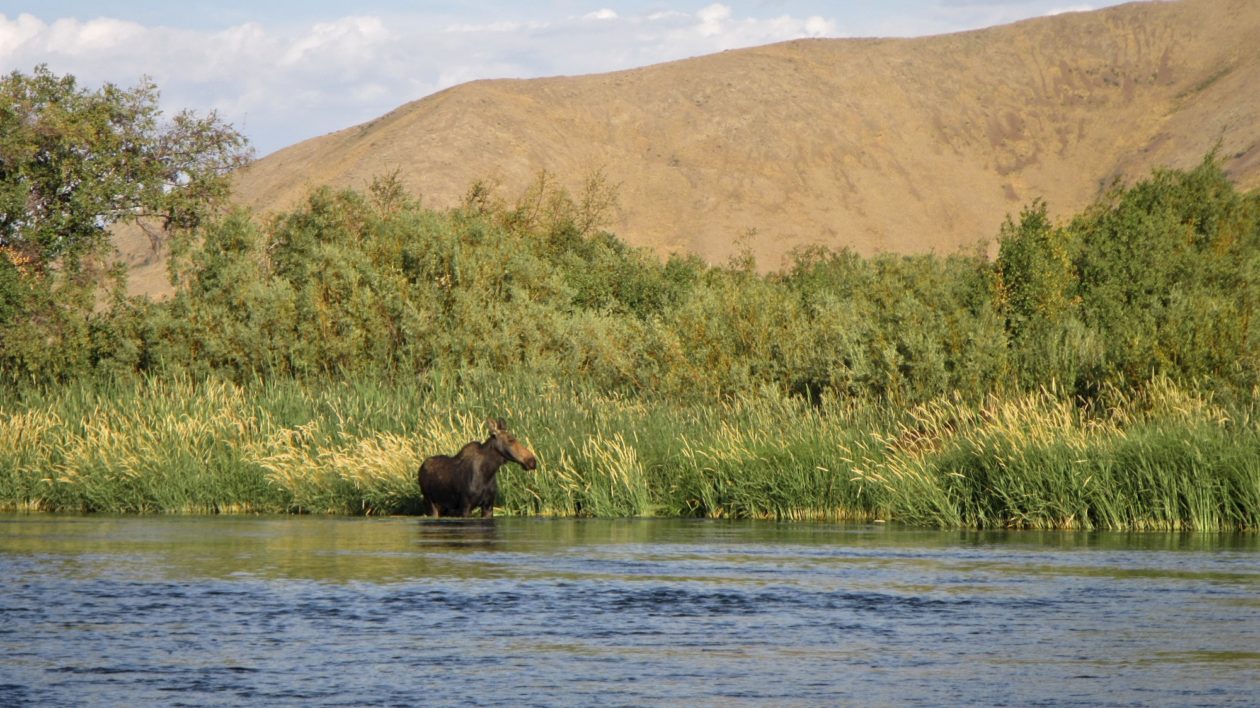
Tip #7: Go Island Hopping
No, I’m not suggesting you go from tropical island to tropical island, as rewarding (if expensive) as that might be. This is about finding islands of habitat.
If you look at a habitat like the eastern forest or sagebrush steppe, you might at first glance think of it as uniform. Look more closely. You might find a small opening, a little spring or a stand of different trees. These small habitat islands play an outsized role as wildlife magnets. (They are also important in helping creatures adapt to climate change).
When I hike the local high desert, I look for stands of mountain mahogany. These trees stand out on rocky buttes amidst the sagebrush. They provide food and shelter for mule deer, migratory birds and other creatures.
Water is always a draw. Find a pond, wetland, salt marsh or river corridor, and you’ll find wildlife. Because these places are relatively open, you can spot them easier, too. I know for many, exercise is a big reason for being outside. But if you find a habitat island, it pays to sit and watch for a bit.
Tip #8: Forego the Binoculars
Almost every serious birder carries binoculars. In many situations, it’s difficult if not impossible to see creatures without them. Or is it?
Binoculars can become a crutch. If you want to see more creatures, look without them. You will be forced to become more alert. You’ll have to pick up on small visual cues. If you are in wide-open landscapes, or birding for rarities, or on a trip-of-a-lifetime, please don’t leave the binoculars at home. But practice seeing without them. It will make you a more proficient spotter.
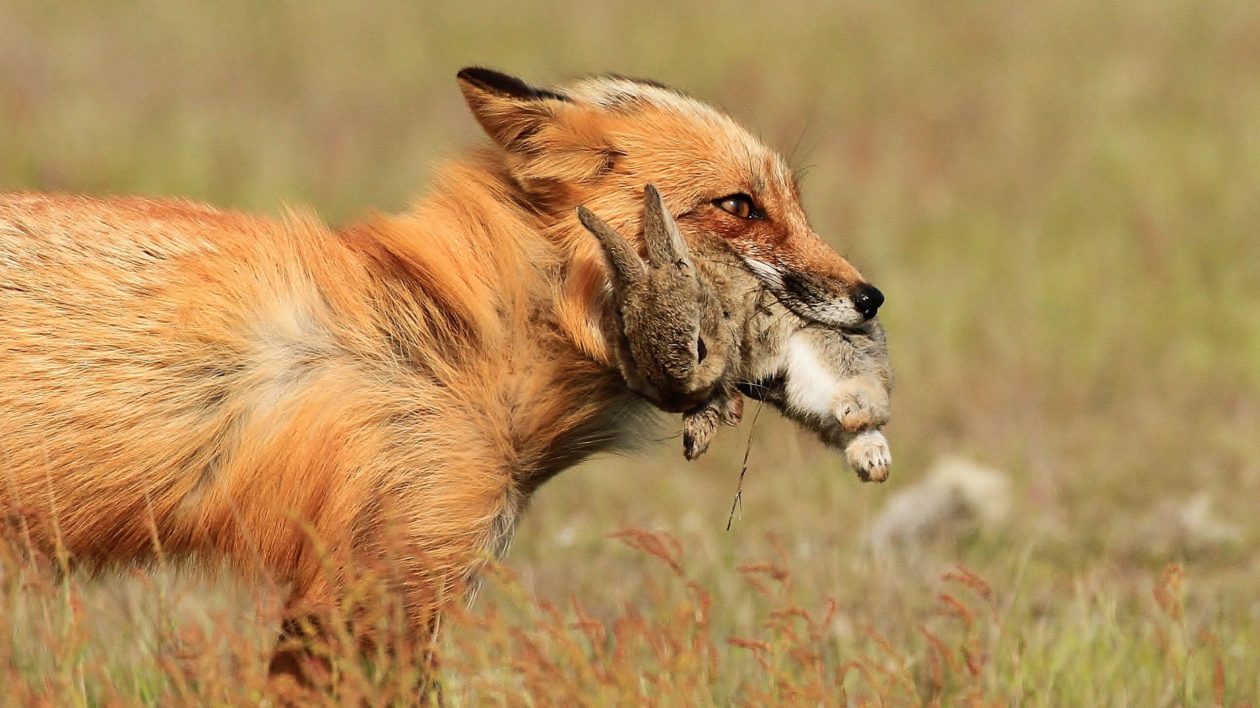
Tip #9: Look Everywhere
Naturalists dream of trips to Yellowstone or a national wildlife refuge. But you don’t need to go to a destination to see cool wildlife. There are wild animals in city parks, vacant lots, ocean piers and pretty much anywhere you go.
You get better at spotting animals by practice. I always am at least peripherally alert to potential cool sightings. This has led to some of my best sightings. Seeing a predator catch prey is difficult if you spend a few days in the Serengeti. But if you spend years looking in your neighborhood, you will likely be rewarded with a raptor catching a songbird or a fox snarfing a rodent.
Many people email me asking how to see wolves in Yellowstone or where to spot a badger. I can provide tips. But if these are really goals, I think you have to train your eyes and senses. That comes from looking locally. Just as you wouldn’t run a marathon without training (I hope) or go on a fly fishing dream trip without previously making a cast, you shouldn’t go on a dream wildlife trip without practicing your skills.
Look for a raccoon or a barn owl locally. See how many birds you can find in your local park. Then when it comes time to search for wolves, you’ll be present and ready.
Good luck. And let me know what you see out there.
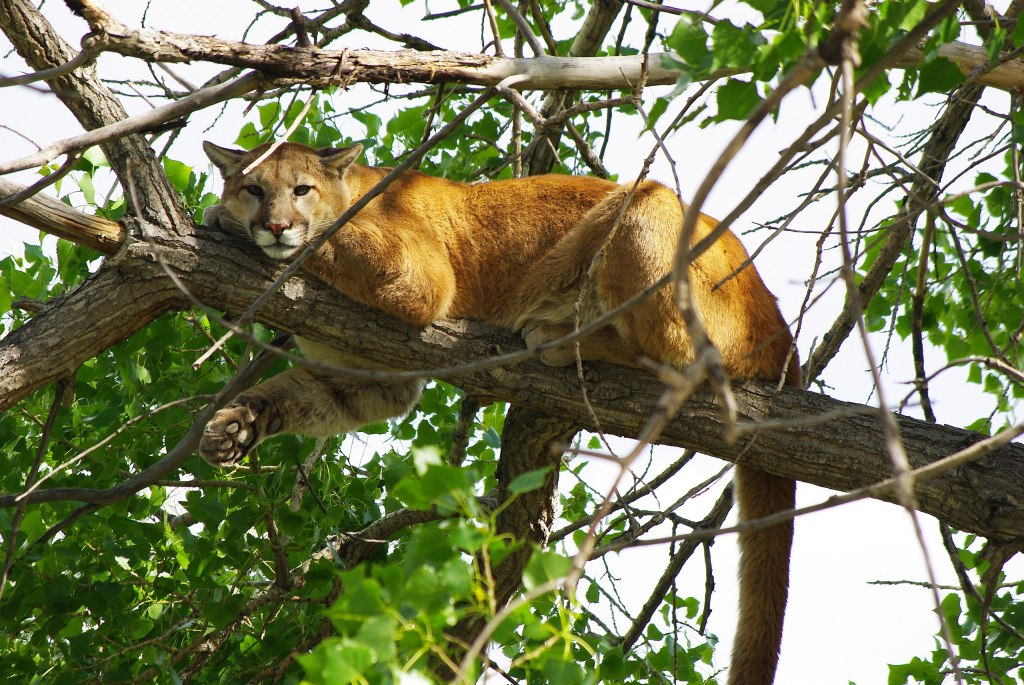



Plunk watch my term for just plunking down close to habitat, sitting still and waiting. We humans are big and most of us, relatively clumsy. A large animal (human) disrupts the environment and most animals either flee or freeze. So siting still, quietly listening and looking lets the environment settle down and the animals get on with their ordinary activities. Often the only way to get photos too.
Keep your eyes open.Look all around.Of course this is while walking,biking,boating,or just sitting.Be aware of everything.
I’ve had people tell me I see things
on walks etc they missed.NATURE
is everywhere.Enjoy…the eyes have
the power.
I was reading one of your story’s about bobcats you said that they are in 47 state’s what are the 3 state’s that don’t have bobcats
Is that a pygmy rabbit in the jaws of the red fox?
This is very helpful. I am always torn, tho, about more of we clumsy humans invading, in a sense, wild habitat. In our desire to see the magnificence of nature are we doing more harm?
I walk Glacial Park in Ringwood, Illinois. The kames are built of gravel deposited by the Wisconsonian glacier 10,000 years ago. They are eroding in good part due to human traffic. Still, I am drawn to this gift.
Then too, seeing a common critter like a bunny “hiding” in my Illinois garden still takes my breath away.
Great tips, Matthew! I enjoyed reading this and it will help me hone my observation goals.